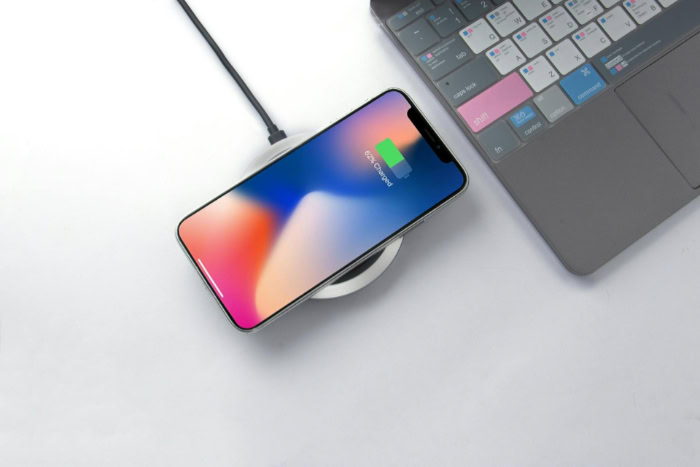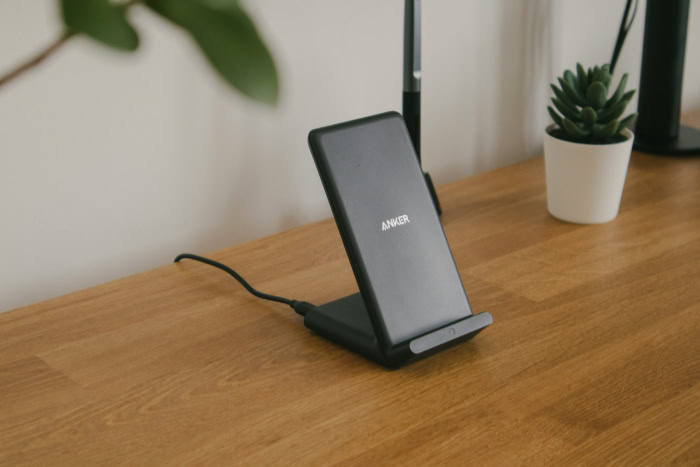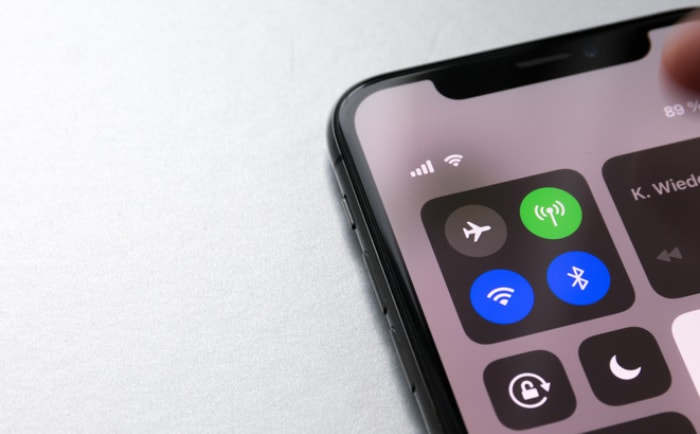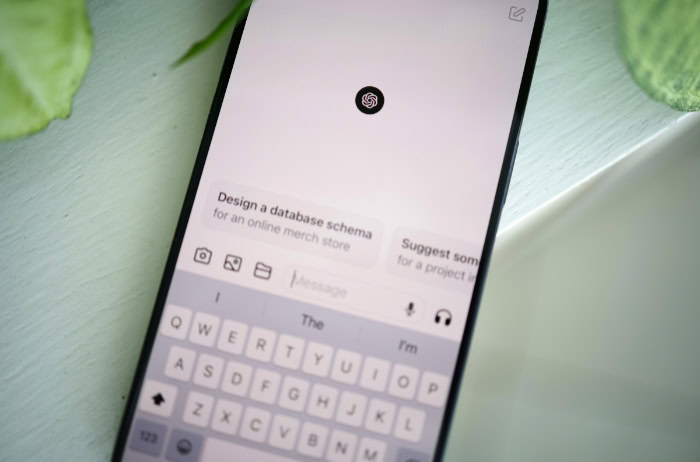What Is Wireless Charging and How Does It Work?

Cutting cords and simplifying life, wireless charging has quickly become a sought-after feature in modern devices. From smartphones to electric toothbrushes, this technology enables power transfer without the hassle of cables or worn-out charging ports.
As sleek charging pads and integrated stations crop up in homes, offices, and even cars, users are experiencing a new level of convenience.
But what makes this invisible power transfer possible? Behind the scenes, wireless charging relies on fascinating science and carefully engineered components.
The Basics of Wireless Charging
Wireless charging is a method of transferring electricity to a device without using cables or connectors. Instead, energy is transmitted through electromagnetic fields created by a charging base and received by a compatible device.
When placed on a charging pad, properly equipped gadgets convert the energy from these fields into usable power to recharge their batteries.
Compared to traditional wired charging, wireless charging offers a cleaner and more streamlined experience. Users can avoid tangled cords and damaged cables, and manufacturers can design sleeker devices free of bulky charging ports.
However, wired charging still holds an advantage in speed and efficiency, especially for high-capacity batteries. Despite this, wireless charging continues to gain traction as a convenient and increasingly common solution for everyday power needs.
Types of Wireless Charging Technologies
Several technologies make wireless charging possible, each with unique characteristics and applications. The most prevalent method is inductive charging, which relies on electromagnetic induction to transfer energy.
This technique requires close contact or alignment between the charging pad and the device, making it particularly suitable for applications such as smartphones and smartwatches. Inductive charging is widely adopted due to its reliability and compatibility with established standards.
Resonant charging is another form of wireless power transfer, offering greater flexibility and range than inductive systems. Using resonance between coils, resonant charging can transmit energy more efficiently across distances, even when devices are not perfectly aligned.
This method is especially advantageous for scenarios involving multiple devices or situations where precise placement is less practical.
Emerging technologies such as Radio Frequency (RF) charging are also entering the scene, aiming to address the limitations of traditional approaches. RF charging can transmit energy over longer distances and potentially enable simultaneous charging of multiple devices in its range.
Although still in its early stages, RF and other advanced technologies are shaping the future of wireless power, opening possibilities for even greater convenience and versatility.
Key Components of Wireless Charging Systems
Wireless charging systems rely on several critical components to facilitate energy transfer. At the core of the system is the transmitter coil, housed within the charging pad or station.
This coil generates electromagnetic fields when an alternating current flows through it, providing the medium through which energy travels.
The device being charged contains a receiver coil, which is designed to absorb the electromagnetic energy from the charging pad. The receiver coil then converts the energy into electrical power usable by the device’s battery.
Together, the transmitter and receiver coils form a system based on inductive coupling, ensuring a seamless transfer of power.
Magnetic fields play a crucial role in enabling wireless charging, as they act as the invisible bridge between the transmitter and receiver coils. Proper alignment between these coils ensures efficient energy transfer, while standards like Qi ensure compatibility across devices.
Although certain factors, such as the thickness of a phone case, can affect performance, advancements in technology are continually improving the reliability and effectiveness of wireless charging systems.
How Wireless Charging Works

Wireless charging is built on the principles of electromagnetic induction and inductive coupling. Electromagnetic induction occurs when an electric current flowing through a coil generates a magnetic field around it.
If a second coil is placed within this magnetic field, the field induces a current in the second coil. This transfer of energy is what allows devices to recharge without requiring a physical connection.
The charging pad or station contains a transmitter coil that generates the magnetic field, while the device being charged contains a receiver coil to absorb the energy. For this system to work effectively, alternating current (AC) plays a crucial role.
When AC flows through the transmitter coil, it generates a constantly changing magnetic field. This fluctuation is what allows energy to be transferred efficiently, as it induces an electric current in the receiver coil.
The scientific foundation of wireless charging is elegant in its simplicity, yet highly effective in its application.
Step-by-Step Process
The process of wireless charging begins with the charging pad receiving power, usually from an electrical outlet. This energy is converted into an alternating current, which flows through the transmitter coil within the pad.
The transmitter coil, in turn, generates an oscillating magnetic field around it.
When a compatible device is placed on the charging pad, the receiver coil within the device comes into contact with the magnetic field. This proximity allows the receiver coil to absorb the energy through inductive coupling, where the magnetic energy is converted back into electrical energy.
The device’s internal systems then route this power to its battery, recharging it over time.
As simple as it sounds, the efficiency of this process depends on proper alignment between the coils in the charger and the device. If they are not aligned correctly, energy transfer can weaken or fail altogether.
To address this, many modern wireless charging systems use advanced designs to improve alignment and energy transfer.
Compatibility Requirements
For a wireless charging system to function, the charger and device must share a common technical standard, with Qi being the most widely adopted. Qi, developed by the Wireless Power Consortium, sets uniform guidelines to ensure chargers and devices can communicate and transfer energy regardless of the manufacturer.
This universal compatibility has contributed significantly to the widespread adoption of wireless charging.
However, compatibility is influenced by factors like the design of the device and the thickness of any cases or covers. If a case is too thick or made from materials that interfere with the magnetic fields, it can block or reduce the efficiency of the charging process.
Manufacturers often design devices to meet Qi standards while also ensuring that cases or accessories minimally affect charging performance.
Overall, the seamless integration of science, technology, and shared standards has made wireless charging a practical solution for modern devices. While alignment and design do pose challenges, ongoing advancements continue to refine the technology for greater reliability and ease of use.
Advantages of Wireless Charging

Wireless charging offers a range of benefits that make it a valuable addition to modern technology. Beyond the convenience it introduces, wireless charging improves device longevity and enhances safety during charging.
As electronic devices become more integrated into everyday life, these advantages highlight why wireless power transfer is favored by many users.
Convenience and Ease of Use
One of the standout advantages of wireless charging is the freedom from cables. Traditional chargers often leave users dealing with tangled cords, worn-out connectors, or the need to find and plug in the right adapter.
Wireless charging eliminates these inconveniences entirely, allowing devices to be powered simply by placing them on a charging pad or designated surface. This clutter-free experience adds a level of simplicity that users appreciate, particularly in settings such as offices and homes.
Additionally, wireless charging is being integrated into a variety of environments, enhancing its usability. Charging pads and stations are now built into furniture, such as desks and bedside tables, providing a seamless solution for recharging devices.
Similarly, vehicles often include wireless charging docks within their dashboards, enabling drivers to stay powered during travel. Public spaces, including cafes, airports, and hotels, are also making wireless chargers increasingly accessible.
This widespread availability ensures that users have convenient access to power wherever they go.
Enhanced Durability
Another essential benefit of wireless charging is its positive impact on device durability. With traditional charging methods, repeated plugging and unplugging can cause wear-and-tear on connectors, cables, or charging ports.
Over time, this damage can lead to mechanical failures that result in costly repairs or reduced functionality. Wireless charging eliminates the need for physical connectors, significantly reducing these risks.
By allowing devices to recharge without relying on external ports, wireless charging extends the lifespan of electronic gadgets. Users no longer have to worry about frayed cables or broken connectors affecting their ability to charge their devices.
This durability is particularly appealing for devices with heavily-used ports, such as smartphones, which often face wear from daily use.
Safety Features
Safety is another area where wireless charging shines, with built-in features designed to protect devices from potential damage. Modern wireless chargers are equipped with temperature monitoring systems that prevent overheating during operation.
As devices charge, the system carefully regulates heat levels to ensure the components remain safe and unaffected. This capability reduces the likelihood of thermal damage, offering users peace of mind when leaving devices on charging pads for extended periods.
Additionally, many wireless charging systems include automatic shutoff mechanisms. Once the device’s battery is fully charged, the charger stops transmitting energy, preventing overcharging and preserving battery health.
This safety feature not only protects the device's battery but also contributes to energy efficiency by avoiding unnecessary power use.
Overall, these safety measures make wireless charging a more dependable option for users concerned about protecting their devices during the charging process. Combined with the reduction in physical wear-and-tear, wireless charging creates a safer and more reliable way to keep gadgets powered.
Challenges and Limitations

While wireless charging offers impressive benefits, it also comes with certain challenges and limitations that may affect its practicality for some users. From slower charging speeds to alignment difficulties and cost implications, these hurdles reveal areas where wireless charging still has room for improvement.
Slower Charging Speeds
One of the most significant drawbacks of wireless charging is the slower charging speed compared to traditional wired methods. Wired chargers, especially with advanced fast-charging technologies, can deliver power at a much higher rate, quickly replenishing device batteries.
Wireless charging, on the other hand, generally provides lower power output and slower transfer rates, which can frustrate users who need their devices charged quickly.
This difference in speed becomes even more noticeable when charging devices with large battery capacities, such as tablets or high-end smartphones. Users may find that relying solely on wireless charging for such devices can be impractical, particularly when time is limited.
While advancements are being made to improve wireless charging speeds, the gap between wired and wireless methods remains a significant limitation for many.
Range and Alignment Issues
Wireless charging relies heavily on precise alignment between the transmitter coil in the charger and the receiver coil in the device. If the device is not properly positioned on the charging surface, the energy transfer can become inefficient or fail entirely.
This need for exact alignment may make wireless charging feel less convenient in some situations, as users must carefully place their devices to ensure proper charging.
Additionally, the limited range of wireless charging systems restricts movement during the charging process. Unlike wired chargers, which can allow a certain level of flexibility with cable length, wireless charging typically requires the device to remain in direct contact with the charger.
This limitation can be inconvenient for users who want to use their devices while they charge, as even slight movements can disrupt the charging connection.
Cost and Infrastructure Barriers
The price of wireless charging technology is often higher than its wired counterparts, presenting another barrier to adoption. Wireless charging pads and stations tend to be more expensive due to the advanced technology and components required to enable power transfer without cables.
For consumers, this higher cost can be off-putting, particularly when wired chargers are cheaper and often come included with devices.
Beyond individual costs, the adoption of wireless charging infrastructure in public spaces also faces challenges. Installing wireless charging stations in cafes, airports, and other shared spaces requires careful planning and investment.
Businesses may hesitate to adopt the technology due to the higher installation and maintenance costs involved. Furthermore, ensuring compatibility across a wide range of devices in public charging zones can complicate the process, making widespread adoption slower than anticipated.
Although these challenges highlight the limitations of wireless charging, innovations are continuously being developed to address them. As the technology evolves, improvements in speed, alignment, and affordability may eventually overcome these barriers, making wireless charging a more practical option for all users.
Conclusion
Wireless charging has emerged as a modern solution for powering devices, offering convenience, reduced wear-and-tear, and enhanced safety features compared to traditional wired methods. It operates through electromagnetic induction and the interaction of transmitter and receiver coils, allowing energy transfer without the need for physical connectors.
With technologies like inductive and resonant charging, as well as emerging innovations like radio frequency systems, wireless charging continues to evolve.
Despite its advantages, including clutter-free functionality and extended device durability, wireless charging does face limitations. Slower speeds, strict alignment requirements, and higher costs are some of the challenges that users and manufacturers must overcome.
However, ongoing advancements in the technology are gradually addressing these issues, paving the way for wider adoption.
As wireless charging becomes more integrated into furniture, vehicles, and public spaces, its potential to simplify and enhance daily life grows. Whether at home, work, or on the go, this technology offers practical solutions that can fit into various lifestyles and industries.
Exploring its applications and incorporating wireless charging into routine practices can provide a glimpse into the future of power and connectivity.


